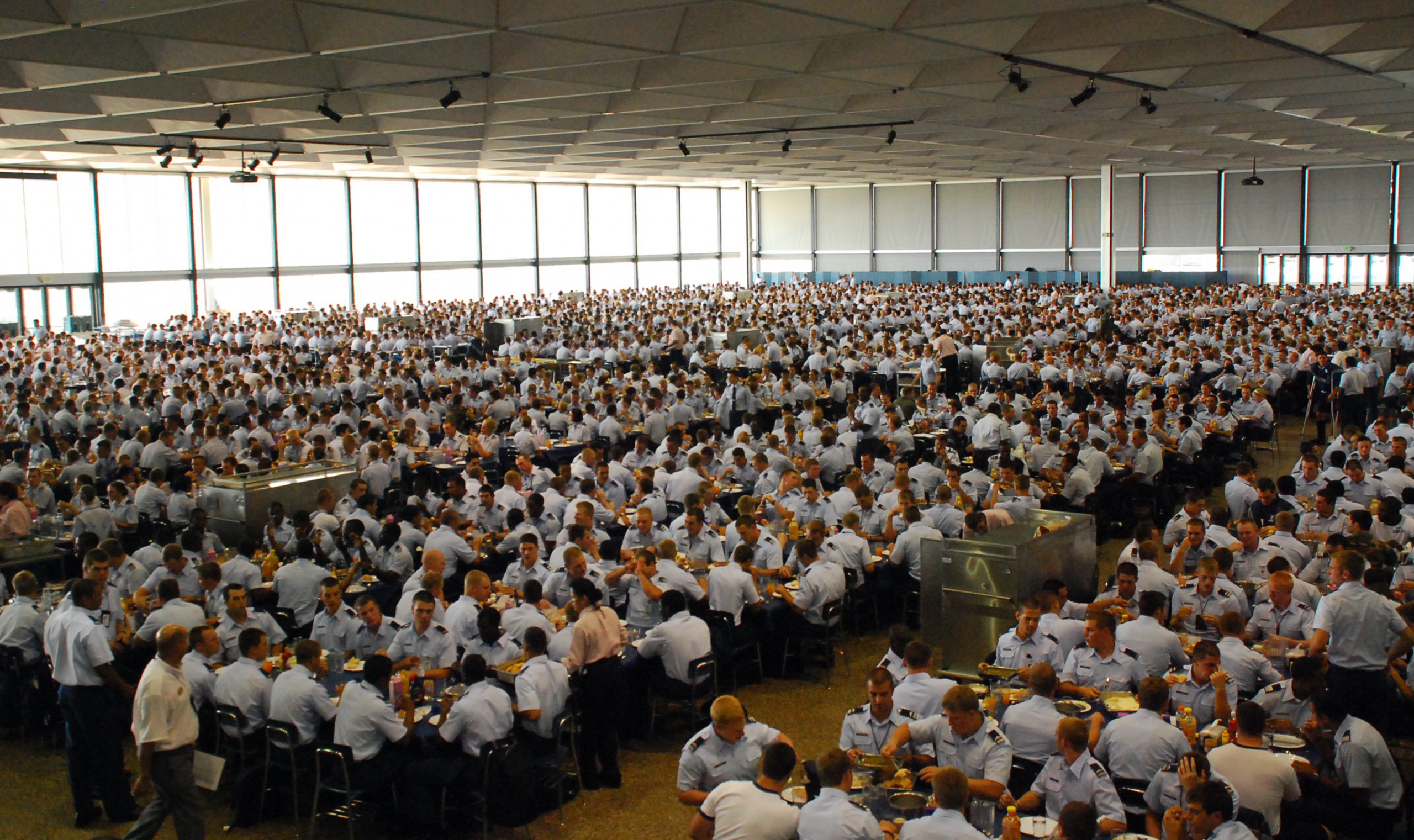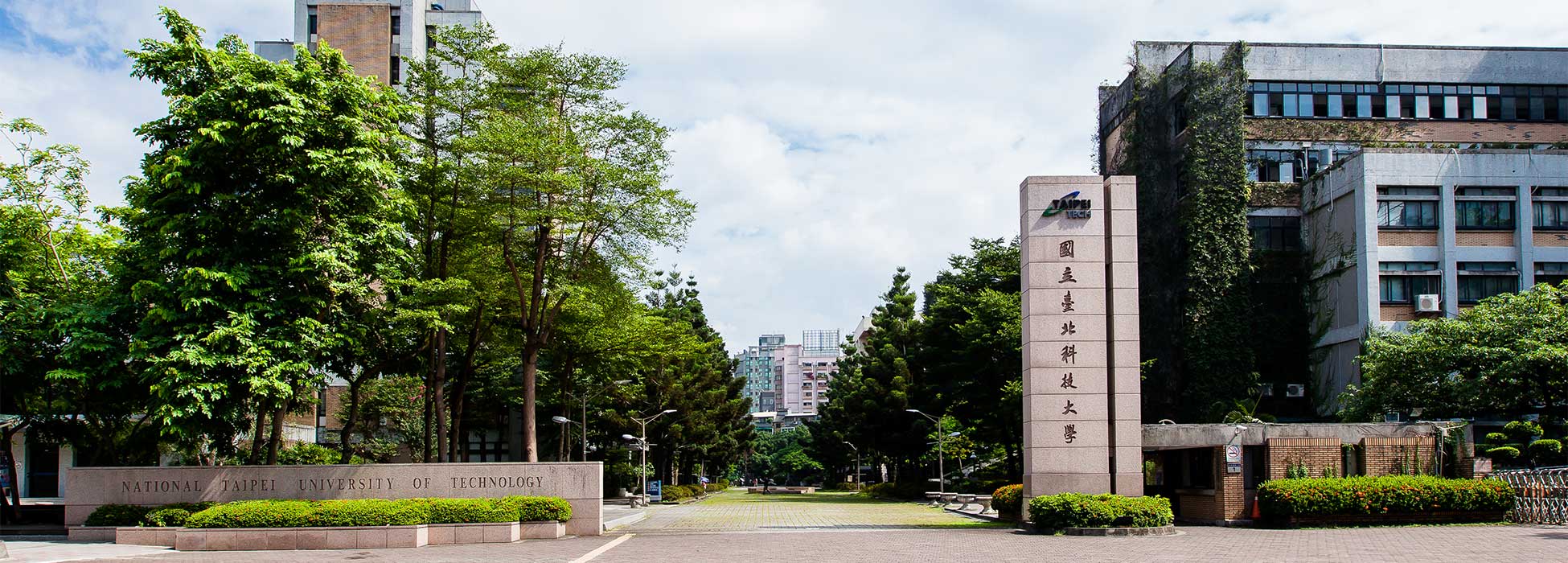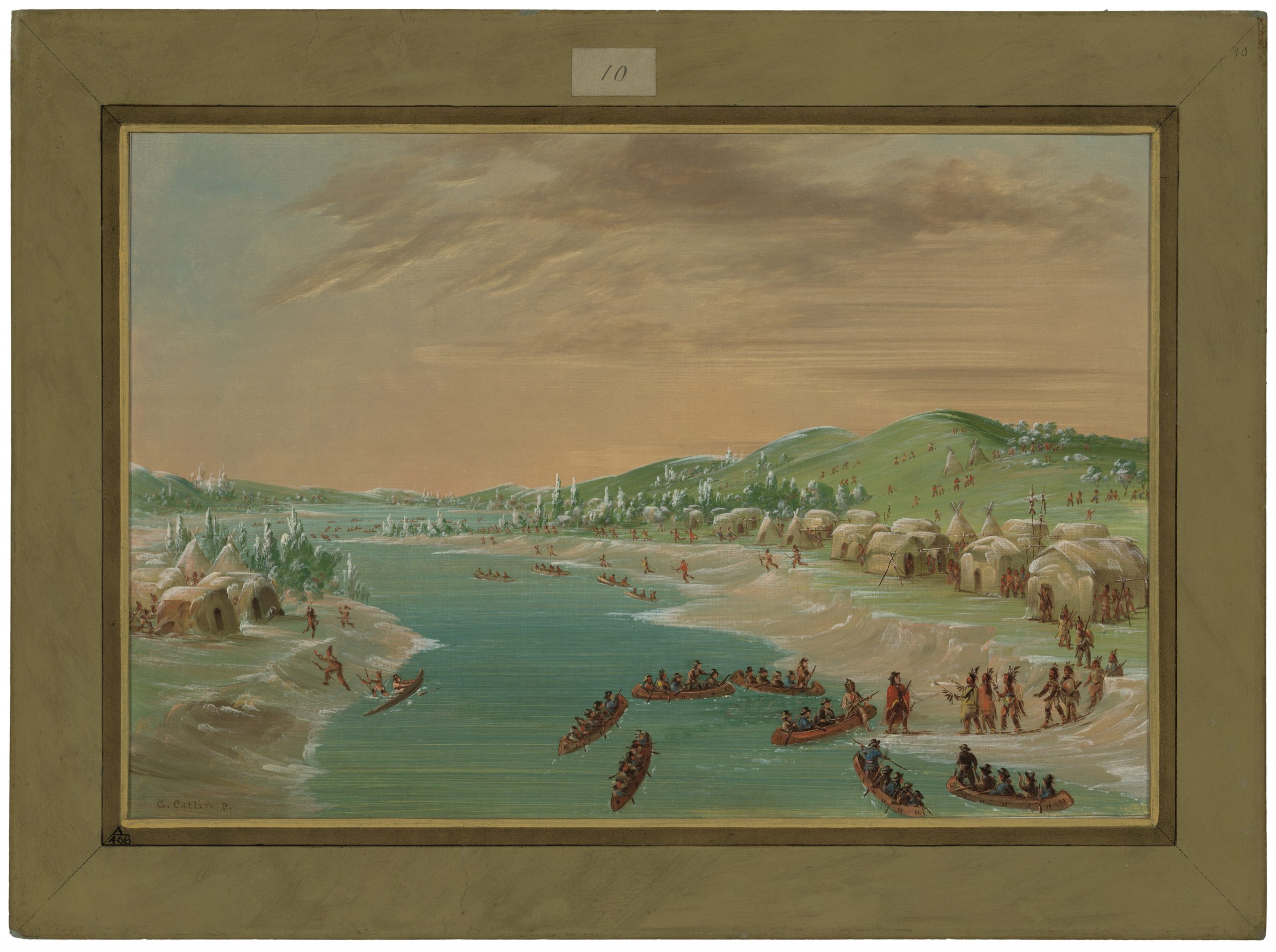Evensong “Skylark”
- Home Page 218

Mitchell Hall
Regenerative elevator drive energy saving benefits
Actual measurement on regenerative elevator drive and energy saving benefits
Kun-Yu Lin – Kuang-Yow Lian
Department of Electrical Engineering, National Taipei University of Technology, Taiwan
ABSTRACT. The present study focuses on the effect on power consumption and analysis of the amount of regenerative power that could be generated after the regenerative drives of elevators have been installed. The elevator regenerative drives transform gravitational potential energy into electrical energy by utilizing elevators’ operation characteristics and weight difference between carriage and counterweights. The regenerative power is then fed back into electrical grid of a building and afford other electrical equipment to achieve energy saving. This paper investigates the operating principle of elevators, describe the mechanism of regenerating power, distinguish the terminologies of the power saving rate and the regenerative energy ratio, and finally use a power analyzer to monitor the experimental data of an elevator before and after installing a regenerative power drive.
CLICK HERE to order complete article
Stairway Lighting
Designing illumination for vertical ingress and egress paths requires reconciliation of competing requirements of safety economy:
Consistent and Adequate Lighting: Shadows and dark spots should be minimized to prevent trips and falls.
Light Direction and Glare: Light fixtures should be positioned to avoid creating excessive contrast between steps.
Staircase Configuration: Staircases come in various shapes, sizes, and configurations, such as straight, curved, or spiral.
Light Distribution: Lighting should adequately cover the entire stair tread and riser area to provide clear visibility and depth perception.
Energy Efficiency: Specifying energy-efficient light sources such as light emitting diodes and lighting controls such as motion sensors or timers.
Maintenance and Durability: Scaffolding safety should be a peak consideration.
Some of the foregoing challenges can be resolved with the use of handrail illumination but are accompanied by additional electrical wiring requirements.
The parent standard in the United States for designing and building facilities for accessibility is ANSI/A117.1 Standard for Accessible and Usable Buildings and Facilities developed by the International Code Council. During 2023 this title will be revised but until then he 2017 release is the stabilized edition:
FREE ACCESS (ICC DIGITAL CODE PLATFORM)
Many A117.1 concepts require coordination with the International Building Code. We provide an example regarding stairway illumination below:
BCAC General 5 – IBC A117.1 Coordination 11-20-1027 File 16-124
We walked through this earlier in 2020. It is noteworthy because the proposed safety concepts will likely require harmonization with NFPA and IEEE standards bibliography. Committees usually take it upon themselves to get that right but getting it right means all committees need to work bi-directionally; action that is limited by time resources of volunteers.
Technical specifics in meeting the US Department of Justice requirements for accessibility is close coupled with A117 since it is incorporated by reference into federal law. 2021/2022 Code Development Cycle has been completed and another cycle has begun:
2024/2025/2026 ICC CODE DEVELOPMENT SCHEDULE
ICC (ASC A117) CONSENSUS COMMITTEE ON A117.1 04-27-2023 Minutes 31
Since the ICC catalog cuts across many disciplines we touch most titles almost every day at 15:00 UTC; open to everyone with the login credentials at the upper right of our home page.
Issue: [13-36] and [16-124]
Category: Architectural, Risk Management
Colleagues: Richard Robben
FYI: Errata to 2017 Edition:
Educational Facility Lighting
This content is accessible to paid subscribers. To view it please enter your password below or send mike@standardsmichigan.com a request for subscription details.
Standards Illinois
We continue build out of our collaboration architecture for “code writers and vote-getters” begun at the University of Michigan in 1993. We are now drilling down into state and local adaptations of nationally developed codes and standards that are incorporated by reference into public safety and sustainability legislation.




Proud neo-classicism: Senn High School, Chicago. Architect: Arthur Hussander. pic.twitter.com/LCfJ2Xa8I2
— Blair Kamin (@BlairKamin) May 9, 2020
New update alert! The 2022 update to the Trademark Assignment Dataset is now available online. Find 1.29 million trademark assignments, involving 2.28 million unique trademark properties issued by the USPTO between March 1952 and January 2023: https://t.co/njrDAbSpwB pic.twitter.com/GkAXrHoQ9T
— USPTO (@uspto) July 13, 2023
Standards Michigan Group, LLC
2723 South State Street | Suite 150
Ann Arbor, MI 48104 USA
888-746-3670




















